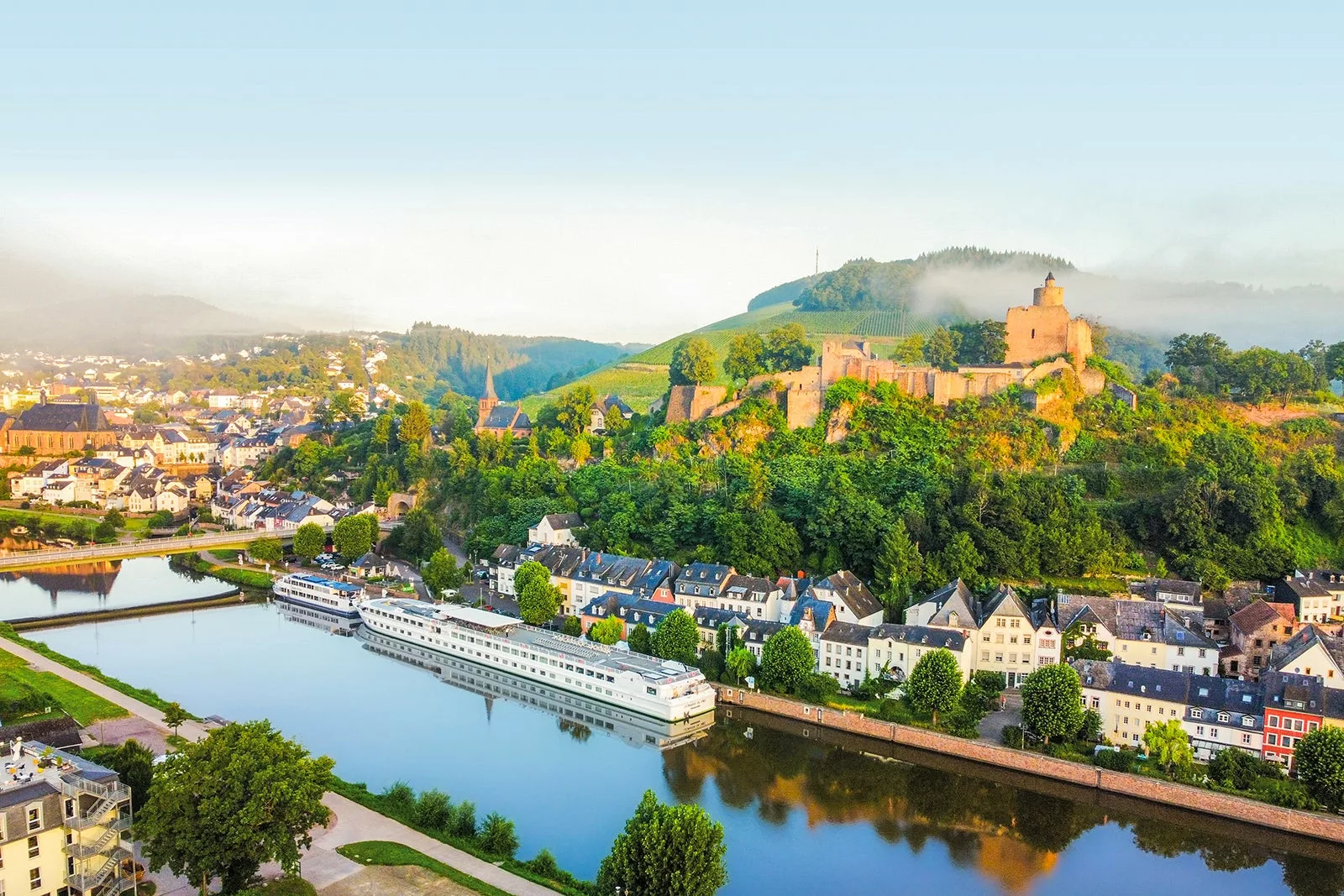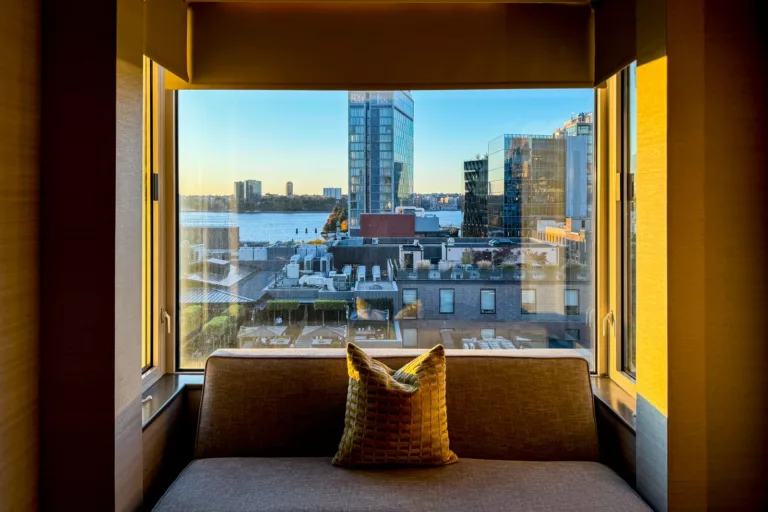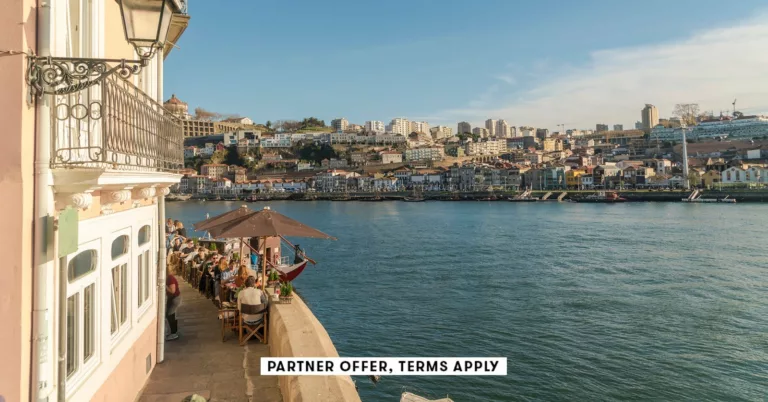Discover the Charm of European River Cruises
Exploring Europe has never been easier or more enjoyable than with a European river cruise. Imagine sailing through picturesque landscapes, visiting historic towns, and indulging in local cuisine—all while unpacking just once. For those looking to experience the continent in a relaxed and immersive way, river cruises offer a unique blend of comfort and adventure.
From the enchanting wine regions of France to the majestic castles along the Rhine, and the serene beauty of Portugal’s Douro Valley, river cruises provide a convenient and luxurious way to see Europe. With daily excursions led by knowledgeable local guides, travelers can delve into the rich history and cultural landmarks of each destination. Meals—often including local wines—are typically included, allowing you to savor the flavors of the regions you visit.
For those who prefer a more independent experience, river cruises offer the flexibility to explore on your own. Rent a bike, stroll through charming streets, or simply enjoy the scenic views from the sundeck as the ship glides along the water. One of my most memorable experiences was cycling through Vienna, getting lost among its stunning architecture, and enjoying lunch in a park before finding my way back to the ship.
Unlike many guided land tours, river cruises allow for a more leisurely pace. You can enjoy your time onboard, whether it’s savoring a farm-to-table meal, enjoying cocktails on the deck, or relaxing in your cabin with a view of the passing landscape.
The Danube River, flowing nearly 1,900 miles from the Black Forest to the Black Sea, is one of the most popular rivers for cruising. It boasts breathtaking views, including the iconic Hungarian Parliament Building in Budapest. While many cruises navigate between Hungary and Germany, there are increasingly more options that venture south into the Balkans, allowing travelers to experience the architectural wonders of Vienna, Budapest, and Belgrade, along with the natural beauty of the Iron Gates and the rock formations of Bulgaria.
Similarly, the Rhine River offers stunning itineraries between Amsterdam and Basel, Switzerland. Travelers can enjoy scenic sailings through the Rhine Gorge, a UNESCO World Heritage Site, dotted with medieval castles and charming villages.
In France, a round-trip cruise from Paris to Normandy is particularly popular. This itinerary includes visits to historic riverside villages and significant sites such as Rouen Cathedral and the World War I battlefields.
For food lovers, the Rhone River cruise through Provence is a must. Starting in Lyon, known as France’s culinary capital, travelers can indulge in gourmet meals, wine tastings, and even visit a truffle farm. Stops in Arles and Viviers add to the charm of this gastronomic journey.
Portugal’s Douro River is celebrated for its breathtaking scenery and is a UNESCO World Heritage Site. Nighttime sailing is prohibited, ensuring that travelers can enjoy the stunning landscapes during the day. Cruises typically start in Porto and offer excursions to historic towns like Salamanca, known for its golden-hued architecture.
In Bordeaux, wine enthusiasts can explore the vineyards of Margaux, sample fresh oysters on the Atlantic coast, and wander through the vibrant outdoor markets. The Garonne River provides a scenic backdrop for leisurely explorations and wine tastings.
While not a river, cruises from Venice to the Po River are also available, offering a unique way to experience the heart of Venice and its surrounding islands, especially as large cruise ships are restricted from entering the lagoon.
The river cruise season generally runs from April to October, with some lines offering special holiday-themed cruises. As demand increases, some companies are extending their seasons, with year-round options available on popular rivers like the Rhine and Danube.
When planning your river cruise, it’s essential to consider water levels, as they can significantly impact sailing schedules. Low water levels in hot, dry summers can prevent ships from passing through certain stretches, while high water can pose challenges as well. Most cruise lines have adapted to these variations, employing ship swaps to ensure passengers can complete their itineraries.
European river cruise ships typically feature three levels above water, allowing them to navigate under bridges and through narrow locks. Most itineraries last between seven to 14 days, with a mix of port days and scenic sailing.
Leading cruise lines like Viking, Uniworld, and AmaWaterways offer a range of itineraries to suit various preferences and budgets. Viking, the largest river cruise operator, has around 80 ships in Europe, providing both upscale and casual luxury options. For those seeking a more exclusive experience, Scenic offers premium amenities, including butler service for all guests.
Pricing for river cruises generally ranges from $3,000 to $8,000 per person for a seven-night journey, depending on the cruise line and cabin type. Options vary from cozy accommodations without balconies to spacious suites with stunning views.
In conclusion, European river cruises present an idyllic way to explore the continent, combining relaxation with adventure. With a variety of itineraries and experiences available, these cruises cater to all types of travelers, making them a perfect choice for anyone looking to discover the beauty and culture of Europe. Whether you’re a history buff, a foodie, or simply seeking a peaceful getaway, a river cruise offers a unique and unforgettable journey through some of the world’s most beautiful landscapes.







